|
|
||||
|
By Jo Nova All that stuff about a 1 in 100 year flood, they have no ideaIt turns out the worst flood on the Rhine was not in 2024 but in 1374. On the Severn, in England the worst year for “climate change” was 250 BC. Obviously neither of them were due to man-made oil and gas. A thousand news headlines have said modern floods were unprecedented, or were 1 in 1000 year events, or were caused by “climate change” and they were all based on just 120 years of data (or less), and they were all wrong. For some reason, even though climate change is the most important thing on Earth, hardly any researchers were looking for evidence of long term extreme flood events. When researchers finally studied the sediments left at many sites — they found evidence that many ancient floods were just as bad or even worse. At least 12 times, ancient peak river flows were bigger than anything we’ve seen in the instrumental record. (And they’re just the ancient floods we know about, imagine if we put more scientists looking into fluvial sediments?). The only thing unprecedented about modern floods is the gall of scientists who ignore the last 8,000 years. They say that Storm Blah was 8.3 times more likely, and enhanced 42% by beefsteaks and Renaults. But all those attribution calculations assume that they know what “normal” flooding is. If floods were worse 1,000, 2,000 or 4,000 years ago, nature is sometimes much meaner and nastier than most of us know. We could be hit with something terrible and be caught unprepared. But likewise, if we think these latest floods were due to coal-fired power plants, we might squander a civilization trying to stop floods with electrical Voodoo, which apparently we are. Climate change is NOT the main cause of floods – and those today are ‘nowhere near’ the most extreme— Daily Mail Study author Professor Stephan Harrison at the University of Exeter said recent floods are not exceptional if we look further into the past. ‘In recent years, floods around the world – including in Pakistan, Spain and Germany – have killed thousands of people and caused enormous damage,’ he said. ‘Such floods are seen as “unprecedented” – but if you look back over the last few thousand years, that’s not the case. ‘In fact, floods we call unprecedented may be nowhere near the most extreme that have happened in the past.’ It’s definitely not a hockeystickIn the worst flood of the Upper Severn river around 250BC, fifty percent more water was flowing at the peak, than in the floods of the year 2000AD. The more important question is why we spent so many trillions on pointless weather controlling talismans instead of hiring a few scientists to look at paleoclimate data. We could have saved so much money and suffering, and ended so much grift and graft. Harrison et al looked at found that most of the worst floods were in the warmest era’s — like the Holocene optimum and the Roman warming times — which is what we’d expect. Warmer times evaporate more water off the oceans and into the sky. But the worst flood was in 1374 and was due to snow and ice melting, proving that no climate is perfect, and we really need to learn to predict it. Harrison et al say the climate modelers of attribution and detection studies were wrong. And that this it is “the first time” anyone has put all these longer studies together. But all those sediments were there in 2010, just like they were there in 1990, but no one was studying them. That’s a scandal. REFERENCE Harrison, S., Macklin, M.G., Toonen, W.H.J. et al. Robust climate attribution of modern floods needs palaeoflood science. Climatic Change 178, 71 (2025). https://doi.org/10.1007/s10584-025-03904-9
The great global carbon back-down continues:The EU wants to keep their target while exploring every possible option not to keep it. They’re contemplating a “non linear” path, meaning, a much slower approach now, while they think up excuses to bail out later. EU exploring weaker 2040 climate goalPolitico, [Formerly paid by USAID] The European Commission wants to keep a 90 percent emissions-cutting target but to change how countries calculate their progress. To start, officials are contemplating a “nonlinear” path between the EU’s 2030 emissions-cutting target of 55 percent and its 2040 goal — rather than a straight line. That could mean slower emission cuts to start, compensated by rapid declines later in the 2030s. It would also mean more pollution in total over the decade. But as well as the delayed plan, there is the cheap-foreign-escape clause, the forestry-option and domestic-swap games.Now that everyone knows renewables are no good, and EVs won’t replace fuel cars, there are no end of creative accounting techniques to “meet targets” without spending much or admitting defeat. The EU might return to letting European countries buy cheap international carbon credits. This means they could fob off the “carbon reduction” to dinky schemes in the third world and save billions of dollars. This was allowed until 2020 when the EU went pious and decided that they were all for globalization unless it was a CO2 molecule. They had to come up with some reason to stop the cheap foreign schemes, otherwise the expensive carbon credits produced by wind and solar power in the EU would be outbid by everything else. Consider that in Australia in 2014, Tony Abbott’s direct auction plan showed “carbon” could be reduced for a mere $14/ton, while wind and solar power were costing anything from $60 to $1,500 a ton. In the end, Labor’s carbon subsidy price in that same era came in at an obscene $5310 a ton. It was never about reducing CO2. For the same reason the EU excluded nuclear power everywhere and all the time, which made no sense in atmospheric chemistry unless we view carbon-credits as a money laundering scheme to feed pet wind and solar corporations or as a way for foreign adversaries to destroy our domestic manufacturing. In a blasphemy, the EU might even consider allowing forests to count as carbon sinks. ( The GreensTM might be saving the planet, they didn’t want people to plant trees instead of wind “farms”.) Finally, the EU is considering allowing domestic swapping of carbon credits between sectors. If your country is good for agriculture but bad for transport, they might just call a CO2 molecule a CO2 molecule, which is it and always was. It’s just another shuffling of the accounting columns, and a loosening of the rules. Remember the game here is not to be scientifically meaningful, but to use jargon to justify whatever octopus-rules the government thinks it can get away with. One day, if they really need to turn down the carbon trading spigot, they’ll include lakes and oceans too, then miraculously all the big emitters will finally be carbon neutral, and everyone can say the Paris Agreement saved the world. In any case, the Trump deflation of the global carbon bubble continues:“What’s happened with the U.S. monkeying around now is that all the air is gone out of the tires in terms of having people have ambitious NDCs,” [said a United Kingdom official who was not authorized to speak on the record, likewise granted anonymity.] “India’s not going to push it. Neither Saudi Arabia. And then the NDC dates for delivery are going back in time, in large part because the EU is going to be late.” — Politico At this rate, if the Australian Labor Party wins the next election on May 3rd, the only two countries in the world still sticking to suicidal fantasy carbon targets will be the UK and Australia. Unless Canada votes for Mark Carney on April 28th. Then there will be “three”. Lord help us all. Image by Reto Scheiwiller from Pixabay
By Jo Nova Banks are not only fleeing from the Net-Zero Bankers club, now they are abandoning their own Net Zero targets too, and in dumping them, we find out they never meant a damn thing anyway. It’s the complete disassembly of a plastic onion, every layer just a fake as the layer before. But none of these news or investor outlets is even asking the right questions — why did anyone think banks wanted to save the world? How did it ever make sense to pretend that banking institutions were going to turn themselves into Global Angels, fixing the weather, harrassing their clients to switch to paper bags, and turning down loans for coal miners? It’s all unravelling now: Wells Fargo is the first major US bank to abandon its own Net Zero Target for both 2030 and 2050. And why would they do that? Probably because Tennessee and 17 other Republican States were investigating them for fiduciary duty and cartel type behaviour. Wells Fargo abandoned its targets a few weeks ago, and today The US Republican state consortium abandoned their investigation” of Wells Fargo. They’re still investigating other bankers. “Attorney General Jonathan Skrmetti of Tennessee said in a statement on Thursday that he commended Well Fargo’s decision to step away from “utopian” policymaking.” — Bloomberg The Responsible Investor (poor thing) says Wells Fargo is the first major US bank to abandon its commitment to the uber fashionable Net Zero target. But Mika Morse laments, it was a big nothing-burger all along. The banks just assumed that they’d get to Net Zero because the whole economy would. The bankers were just coming along for a free ride: The Net Zero Mirage — why banks are abandoning climate promisesMika Morse After each one, climate advocates, the press, and others will condemn their cowardice in the face of political headwinds. But… Banks net-zero commitments were a mirage from the outset. Despite what the greenhawk promoters would have you believe, banks with Net Zero targets didn’t change a thing: Research from Europe suggests that banks with net-zero commitments do not make any meaningful changes in their lending or engagement with their borrowers to reduce emissions, compared to banks without net-zero commitments. As JP Morgan says in their 2024 Climate Report — “We don’t boycott”, “We believe in free enterprise” and “We want to compete” — which means they’re not saying no to funding an oil rig if there is a profit in it, thank you. The research report went on to say “. Net zero banks do not divest from polluting sectors (Figure 1), nor do they scale up project financing for renewable power projects (Figure 2).” The trend lines are the same for the green pretender banks as for the rest. (Click to enlarge).
Global governance is shifting . The banks are just following the levers of power. By Jo Nova Nearly every plea for carbon subsidies depends on “the Social Cost of Carbon”, and it’s wrongEvery ton of carbon dioxide we emit is supposedly going to cause $220 USD in losses in the future, which justifies throwing lots of money at efforts to reduce emissions — like subsidizing EVs and solar panels, and inventing cricket burgers. This is called the Social Cost of Carbon (SCC). But half of that imaginary cost was the devastation higher temperatures would theoretically wreak on agriculture — which doesn’t make sense given that plants eat CO2 for breakfast. But for years bureaucrats and scientists have been telling us the damage in crops was going to cost $102USD per ton of carbon, and investors and politicians have been feeding that into their cash registers, and it’s all wrong. Ten years ago Challinor et al did a big meta-review of crop changes with temperature, using 1,722 records, but many of these records had no figures for CO2 itself. And the whole point of calculating the social cost of carbon really depends on calculating what happens when CO2 rises, and supposedly causes temperatures to rise too. In 2017 Moore et al took those numbers and simulated them into gloom and doom scenarios which the Biden team converted into a fivefold increase in the “cost of carbon”. So Ross McKitrick took the same data from 2014, and then used an estimate of Equilibrium Climate Sensitivity (ECS) of about 3 °C which is the standard IPCC type figure, and filled in a lot of the missing figures. After recalculating the crop yields at higher temperatures and higher CO2, he found that the benefits of the extra CO2 outdid any downsides of warmer temperatures. Ross McKitrick shows that even in the unlikely (unbelievable) event that CO2 causes five degrees of warming — it is not going to reduce crop yields. Billions of dollars has been spent based on the idea that all CO2 emissions are bad, and there is a “social cost of carbon”, but if CO2 increases crops (and farmers already pump it into greenhouses because it does) — then there goes half the “social cost of CO2”. Indeed, increasing crops must add wealth, pushing the net cost figures down even further. Indeed, if we could arrange another degree or two of warming we could increase corn, rice and wheat by 5 or 10%. It is inhumane to deny the hungry people of the world, so obviously, any responsible civilization should be emitting more CO2. Go forth and drive your pick-up truck, buy that SUV, the boat and the private jet. Do it for the children. 🙂
 McKitrick (2025). “Extended crop yield meta-analysis data do not support upward SCC revision”. Sci Rep 15, 5575. Edits were made to the heading by me. C3 crops like wheat, soybeans and rice ought to benefit the most from extra CO2. C4 crops, like corn and sorghum (top left graph) have evolved to make the most of lower CO2 levels already so will get less of an advantage if CO2 returns to it’s former higher levels. The newer C4 pathways give such a growth advantage, allowing plants to thrive in hotter and drier environments, that they independently evolved at least 45 times in the last 15 to 30 million years. The reason the C4 plants didn’t take over the world is that they need more sunlight and don’t thrive in cooler or shadier areas.
Willie Soon, Ronan and Michael Connolly discuss McKitricks paper below in the video. See also Vijay Jayaraj at the Daily Signal. REFERENCESMcKitrick (2025). “Extended crop yield meta-analysis data do not support upward SCC revision”. Sci Rep 15, 5575. Challinor, A. J. et al. A meta-analysis of crop yield under climate change and adaptation. Nat. Clim Change 4(4), 287 (2014). Moore, F. C., Baldos, U., Hertel, T. & Diaz, D. New science of climate change impacts on agriculture implies higher social cost of carbon. Nat. Commun. 8, 1607. https://doi.org/10.1038/s41467-017-01792-x (2017).
By Jo Nova While careers and statues have died at the merest hint of not refuting slavery hard enough, the UK Labour Party will make sure slave-made-solar panels will still be imported to the UK, and the people exploiting the slaves will still be paid. We have to ask, O’ Great Moral Guardians, was it because there aren’t enough solar panels that are not slave-made, and if we stop supporting the slavers, the only panels left will cost a fortune? Is the big fear that it will blow the climate budget, or make green electricity even more absurdly expensive? Or are we saying that the lives of slaves in 2025 are not as important as cooling the world by 0.0001 degrees 100 years from now? h/t Tom Nelson Labour to block bid to ban solar panels made by SLAVES – so Ed Miliband can put them on schools and hospitalsBy Harriet Line, The Daily Mail, UK. Peers had sought to stop taxpayers’ cash from being used to buy products from a company where there was ‘credible evidence’ of modern slavery in its supply chain. But the Government will whip its MPs to vote against the Lords amendment to the Great British Energy Bill in the Commons today, meaning solar panels made with forced labour could end up on the roofs of hundreds of schools and NHS sites. Energy Secretary Ed Miliband admitted last week that some solar panels bought for a £180 million project for schools and hospitals will come from China. The country is responsible for 80 per cent of the global supply of solar panels, and the Xinjiang region produces up to 40 per cent of polysilicon – a key component. Coming soon, far-right extremists will demand that solar panels should be slave-free, and made with renewable energy, instead of burning more coal in China. Ladies and Gentlemen, whenever you need to cut down the smug and sanctimonious, ask: What, exactly, have you done to stop the slavers profiting from climate change? Globalists hate workers at home and abroad. Make them suffer. And lets not forget the people in internment camps in Xingjian:
By Jo Nova New “emission” rules for cars started in January, but EV sales are falling and manufacturers are starting to panicIf the Labor government said it was going to make us pay a $10,000 fee on a fossil fuel car so it could give $10,000 to our rich neighbor to buy an EV, there would be mayhem and outrage in the streets. So instead they’ve come up with* a tricky scheme to force car manufacturers to do something like that, and they hope the complexity will fool the people. The new car tax and forced subsidy payments are called the “New Vehicle Efficiency Standard” (NVES) which makes it sound nicer and less Soviet, but really, the scheme is pure politburo management. The Soviets were infamous for making 800 million pairs of shoes of the wrong sort . Somehow the Russian people had to stand for hours in queues to get one pair that they wanted, and so it is that Commissar Albanese has decreed the kinds of cars Australians will want, whether they like it or not. Like the Russians, we too will pay extra, or wait for years to get what we want. As of January 1 2025, the government now is forcing manufacturers to sell “a balanced fleet” that meets the average emissions target the government set. In effect, they have turned the manufacturers into tax managers. The government tells Australians “you can buy whatever car you want” — but since the car companies can’t sell whatever car they want, it means customers have to change what they want. This is not a free market. Obviously, companies selling too many “bad” high emission cars are going to have raise prices on those cars to slow down the sales, and they’ll have to drop the prices of the unpopular low emissions cars to boost them. Perhaps they’ll have to give them away to meet the targets? It might be cheaper than paying the fines. In the end, it means only the rich will be able to afford the fossil fuel cars that most people want. The poor will have to settle for a subsidized EV, or they will have to pay more for the car they want, and subsidize the rich man buying the EV as a second car. There is a reason Donald Trump has just dumped the 50% EV target scheme in the US. The car manufacturers face big fines if they can’t sell enough EV’sThe targets are delusional magic wand edicts — thou shalt reduce carbon emissions of new cars by 60% in five years! And the fines are savage. The new rule has only been in place for 3 months and already manufacturers can see, at this rate, they may end up paying $2.7 billion in fines. Insufferable: ‘Car yards full of EVs people don’t want’: Mitsubishi Australia boss warns Labor over vehicle targetsby Greg Brown, The Australian In a new front in the growing industry push for Anthony Albanese to revamp his climate and energy policy, Mitsubishi Motors Australia chief executive Shaun Westcott said the government needed to rethink the aggressiveness of its targets aimed at lowering the carbon footprint of new cars by 60 per cent by 2030. The sector is anticipating the New Vehicle Efficiency Standard, which came into effect in January, would lead to car suppliers paying $2.7bn in fines by the end of the decade for missing carbon-emission requirements. EV sales fell from 9.6% of the market a year ago, down to 5.9% last month: Australian EV sales down once again in February, Tesla still leads and hybrids surgeThe Driven After a very slow start to EV sales in January 2025, the Australian EV market has shown another month of stagnant sales, with electric vehicles making up just 5.9 per cent of the country’s total new car market, which was also subdued. The latest data from the Federal Chamber of Automotive Industries (FCAI) (released on Wednesday) and the Electric Vehicle Council (EVC – released on Tuesday) shows that a total of 5,684 full battery electric vehicles were sold in Australia in February, compared to 10,111 in the same month last year, when Tesla dominated and accounted for 5,665 units. A total of 96,710 new vehicles were sold in Australia during the month, itself a fall of nearly 10 per cent from the same month a year ago. Faced with these numbers Shaun Westcott said: “There is nothing we can do to force them to buy those vehicles.” With typical gaslighting style, the “government spokeswoman said the NVES was providing Australians with “choices”.” While they take away the one choice Australians really want which is cheap large fossil fuel comfortable cars. On the lowest population density country on Earth, with extreme heat, and no transmission lines in most of the country, let alone chargers, this is a dumb place to demand EV’s. When Australians figure out this communist witchcraft, they are going to be livid. ____________ *Australian Labor didn’t come up with the idea, they stole it from the Democrats in the US who set up this up long ago.
By Jo Nova Dr My Le Trinh lost her mother, and escaped Pol Pot in a fishing boat as a child and came to Australia looking for freedom. But after prescribing safe, cheap ivermectin as a GP and hurting no one, she was suddenly suspended indefinitely. It’s been three years with no end. No complaints had been made against her in 27 years of being a GP, then two appeared in one day. ( One by Dr Gunja’s intern and one by “John Smith“). The punishment is not just undeserved, but abjectly surreal. This is not just about one woman and her career, it’s about every one of us, and our right to choose the doctor we want to help us. It looks, smells, and quacks like they are making an example of her in order to frighten thousands of other doctors into obedience and silence. The last thing the Big-Pharma-Bureaucrat Blob want is for doctors to be able to say what they really think, or even ask good questions in public. Few other professionals could magnetize the public as fast as outspoken doctors could. All she is asking for in this petition is a public livestream of the tribunal from Tuesday to Thursday this week. She explains why this is so important on X. If they have the evidence to justify her suspension they wouldn’t need to hide this tribunal behind closed doors. Please sign the petition so that Dr My Le Trinh’s NSW Civil and Administrative Tribunal (NCAT). Follow her at her X account or facebook. She says: “I’ll be on 2SM Monday morning at 9:30 AM with @chrissmithonair to encourage Sydneysiders to attend my hearing.“ Dr My Le Trinh writes:
I am facing tribunal proceedings initiated by the HCCC for prescribing ivermectin during the COVID-19 pandemic. No patients were harmed, and no complaints were made. The case was entirely manufactured by the HCCC to punish me for my medical decisions. The HCCC is prosecuting me for not following a guideline that is not legally binding, setting a dangerous precedent for all doctors in Australia.
People died who could have been saved if they had not been denied cheap effective treatments.
BTW — Where is DEI when you need it? Hyperspace. It was never about diversity, or asylum seekers, or compassion, it was just another tool to fight a culture war while pretending not to. Dr William Bay suggests speaking up! TAKE ACTION – DEMAND NCAT LIVESTREAM THIS HEARING!
John Maddison Tower, Level 10, 86-90 Goulburn Street, Sydney NSW 2000
H/t to Willie Soon, Craig Kelly, and a brave doctor I know.
|
||||
|
Copyright © 2025 JoNova - All Rights Reserved |
||||

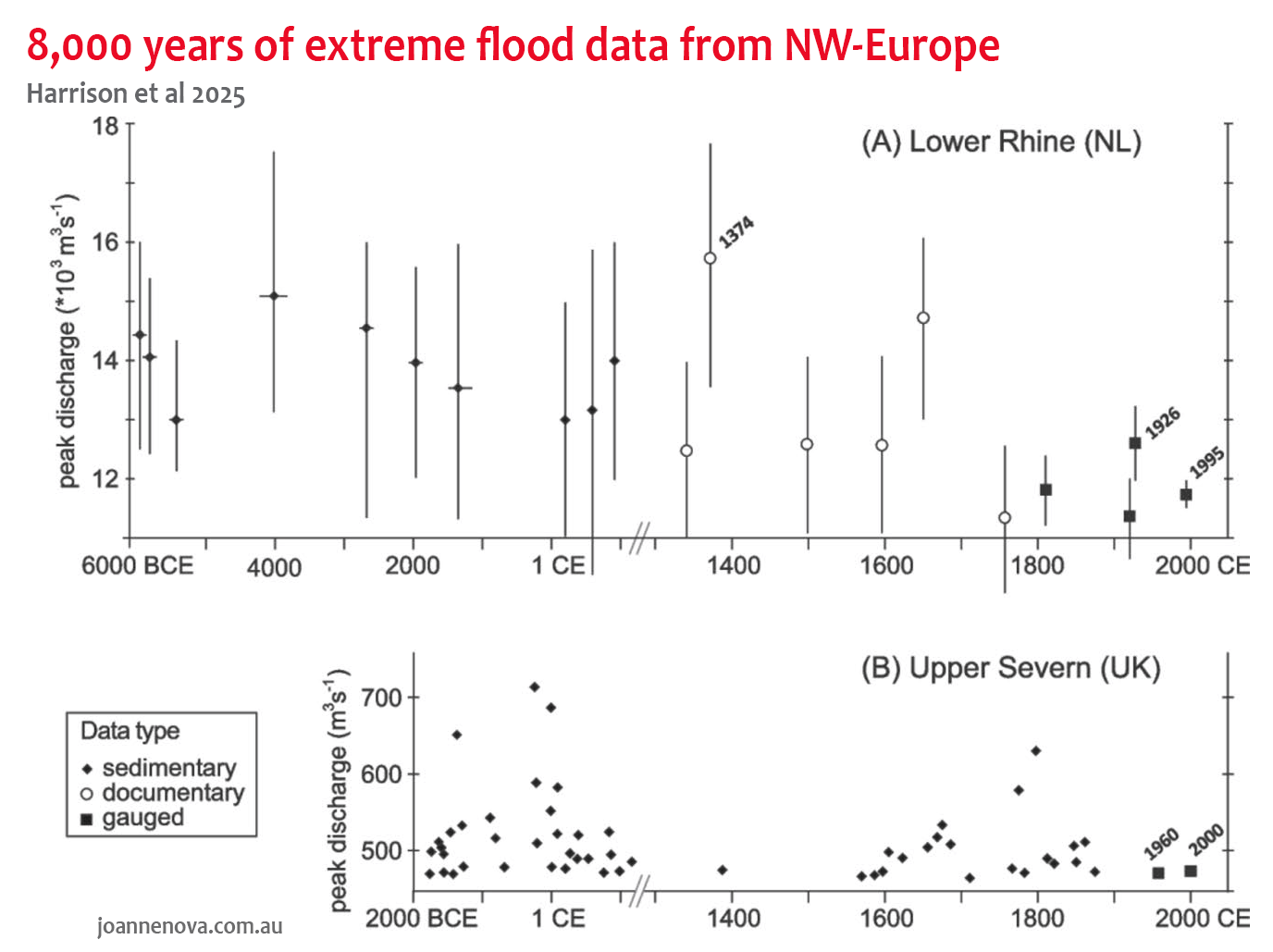
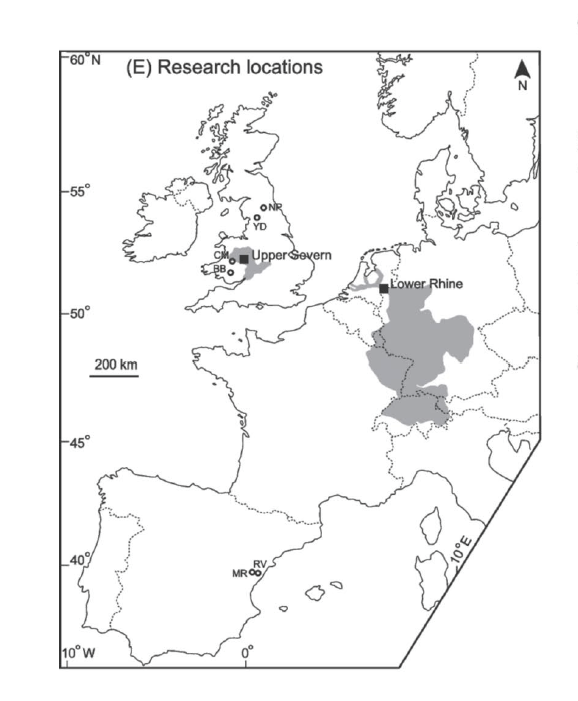
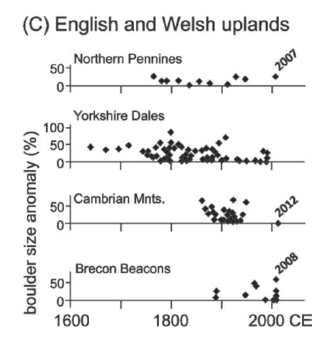
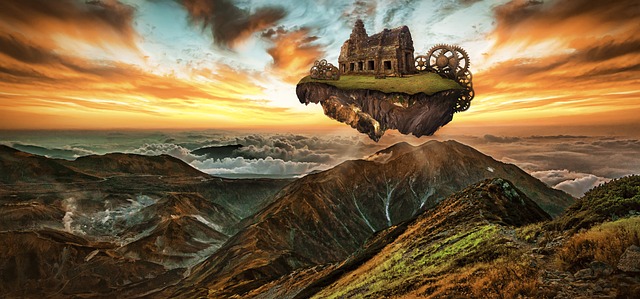

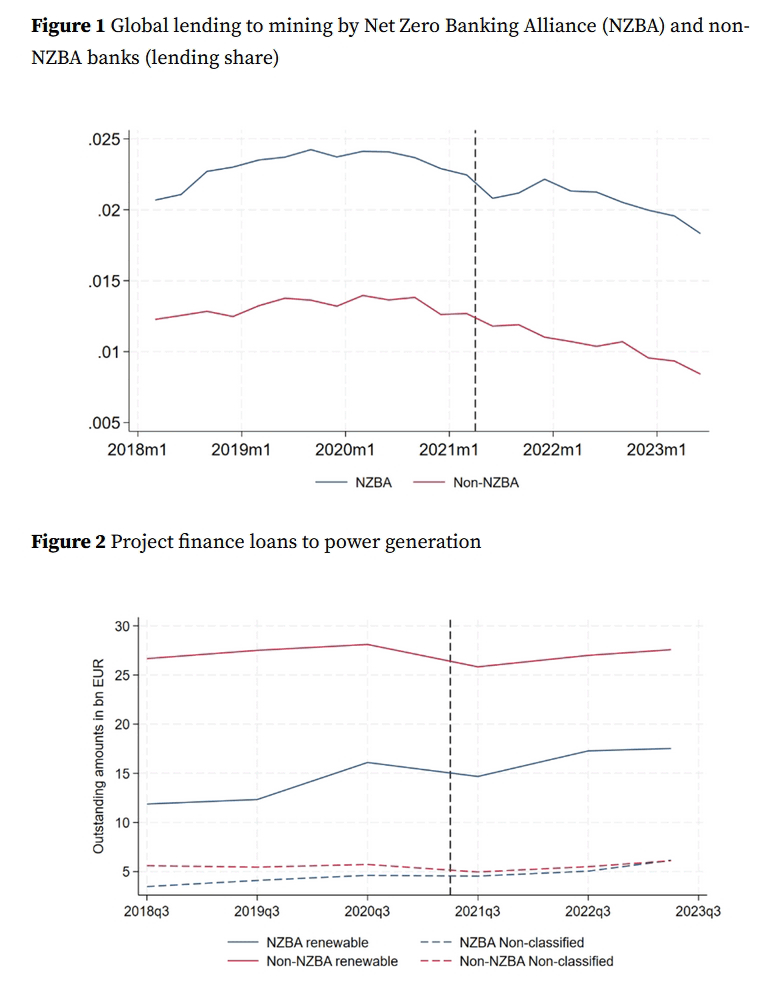
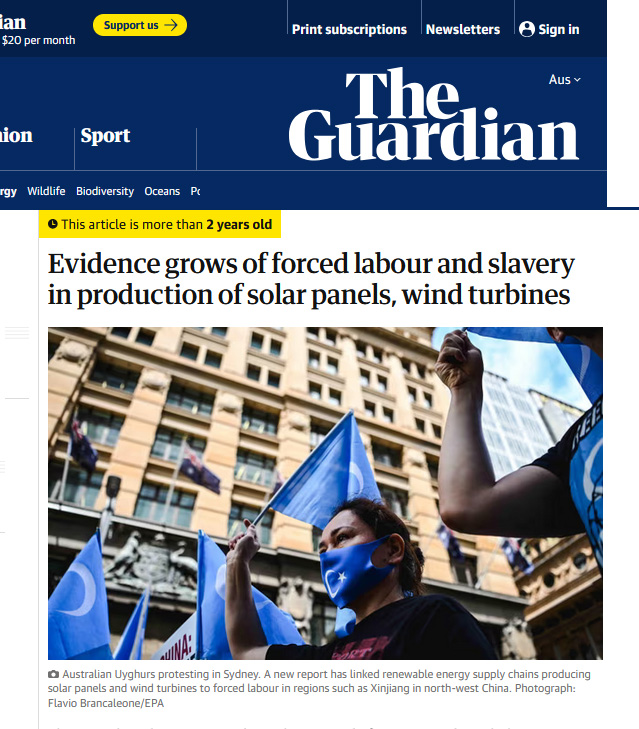
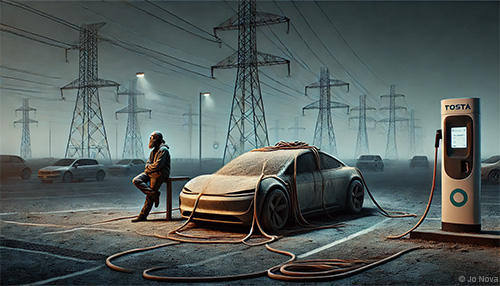













Recent Comments